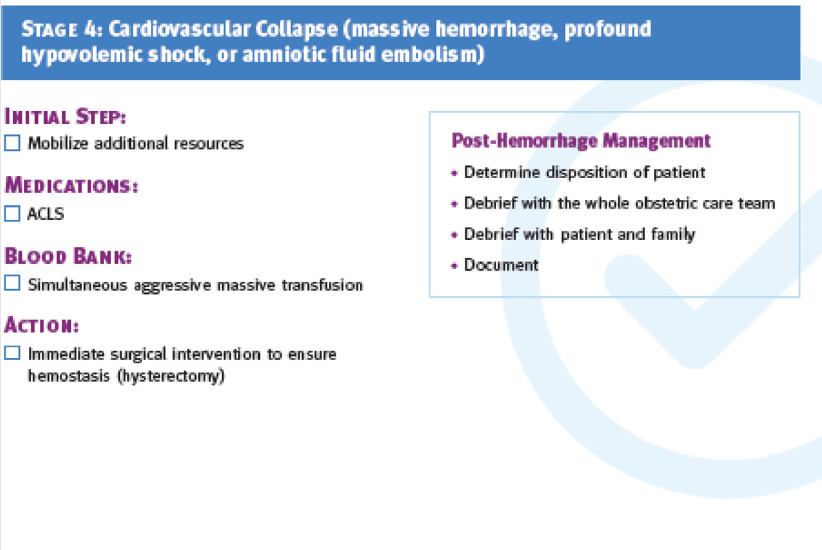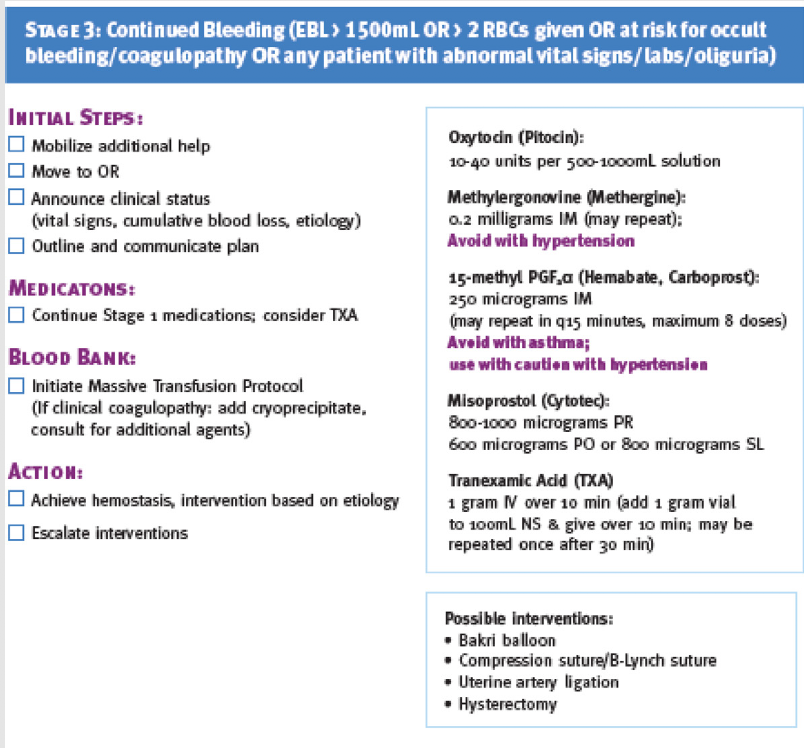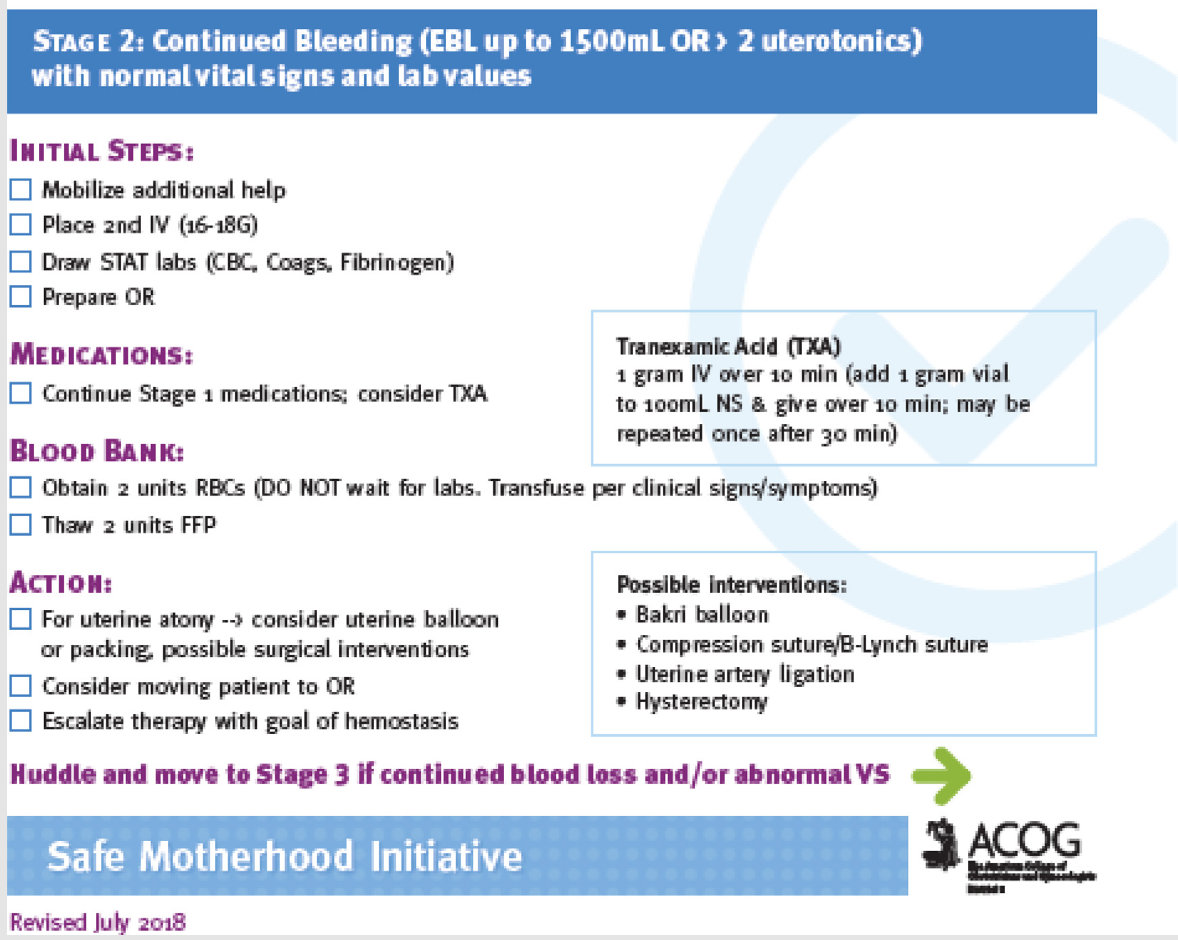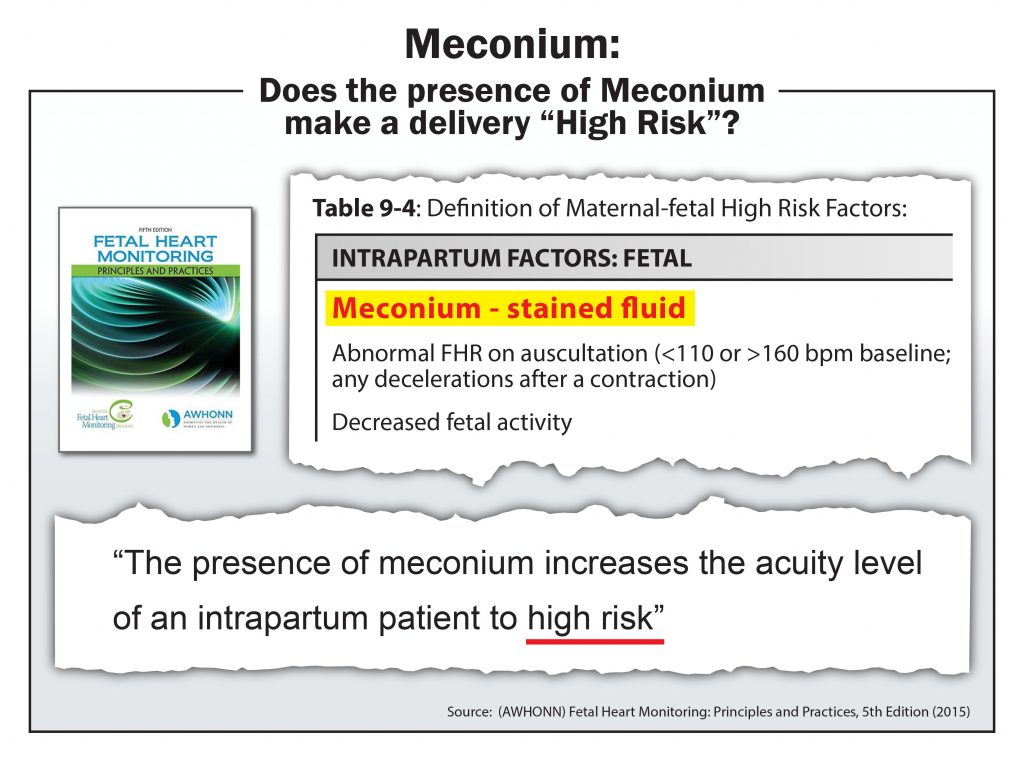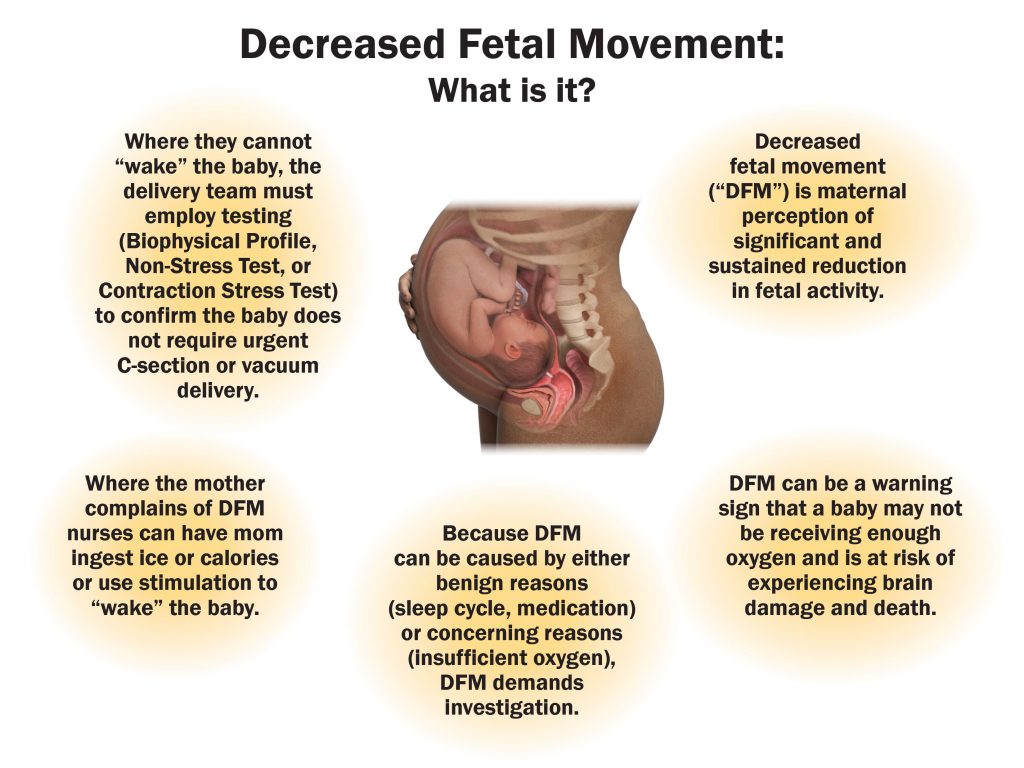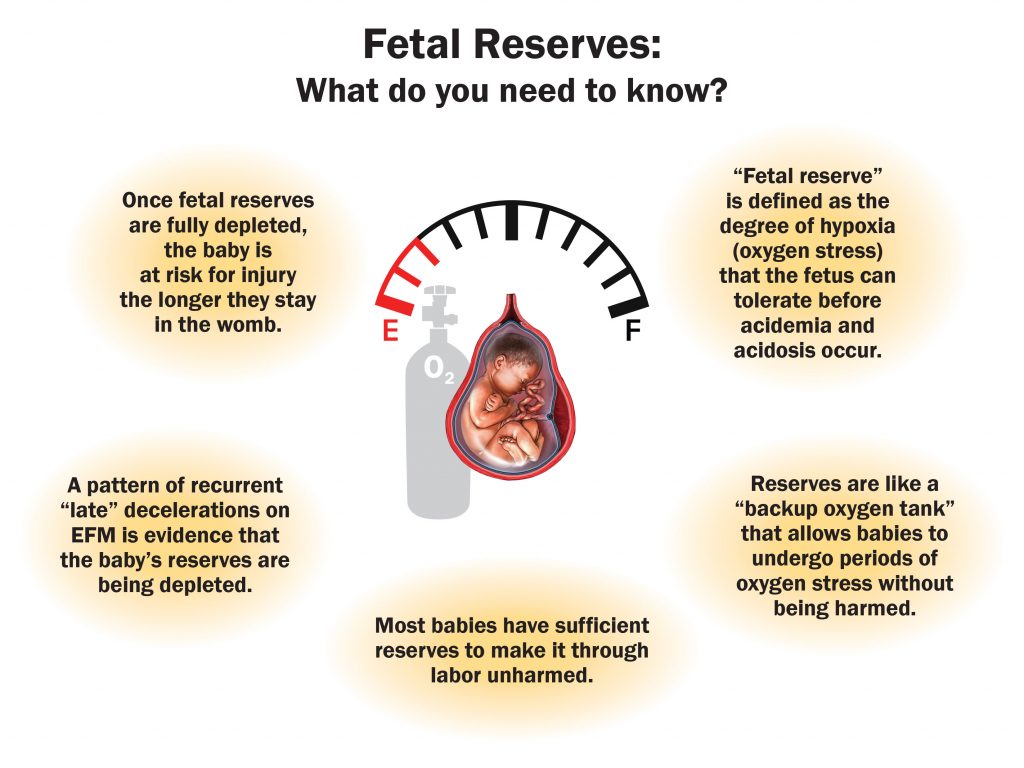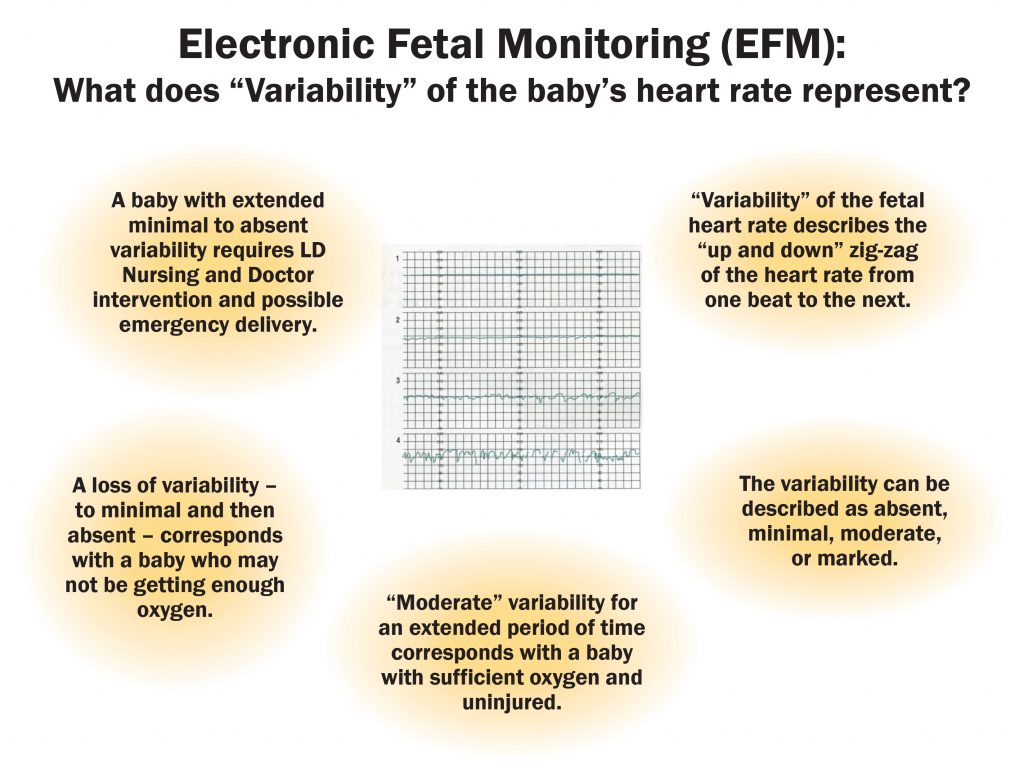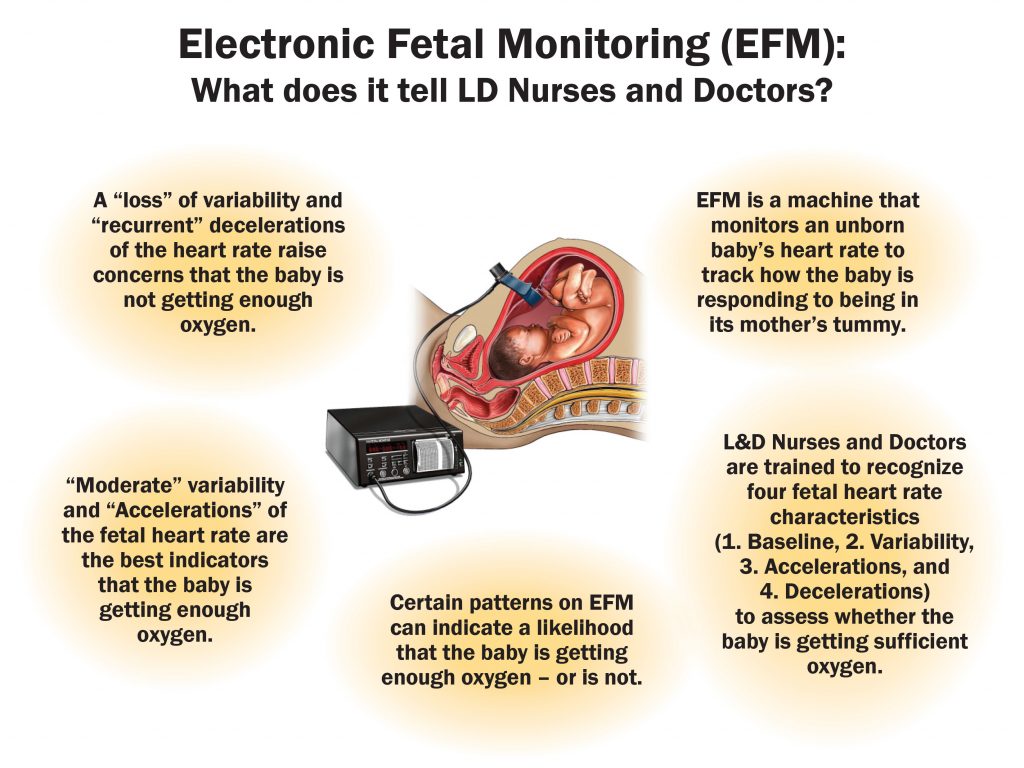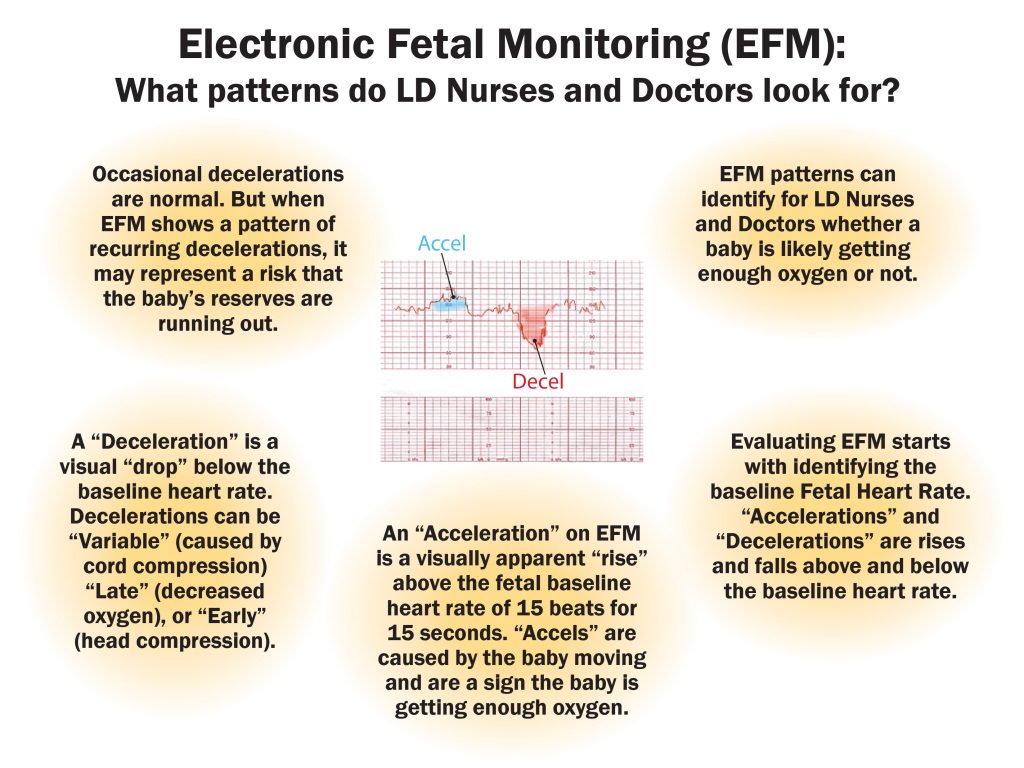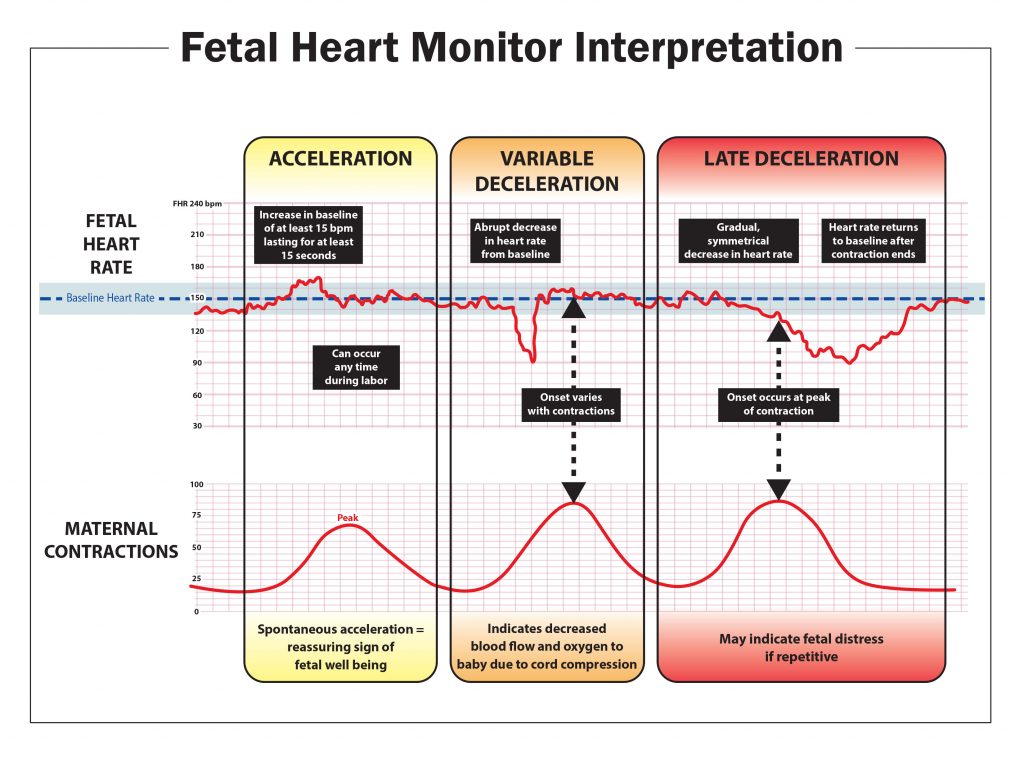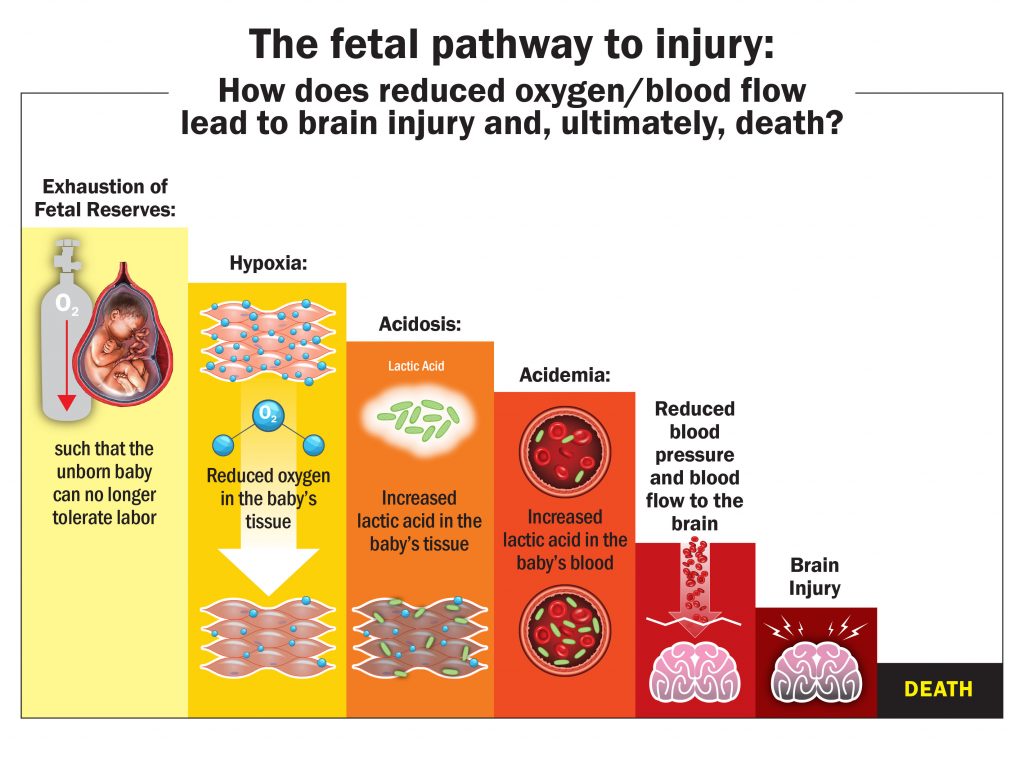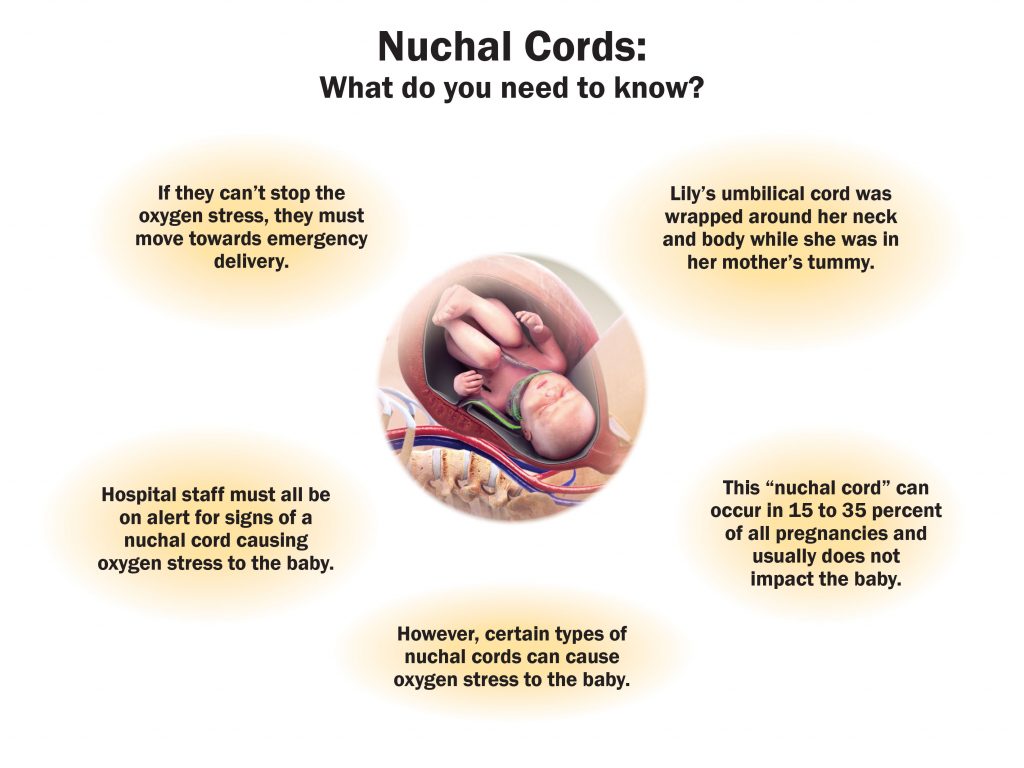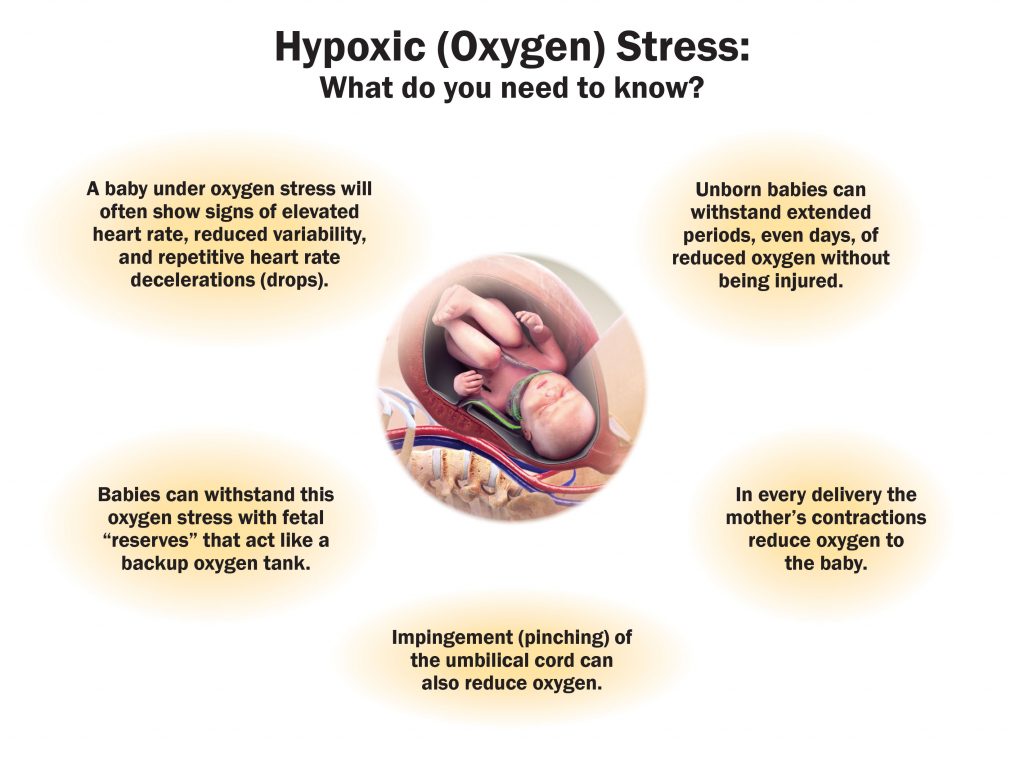Last week, we introduced the topic of shoulder dystocia, a form of birth injury in which the baby’s head has emerged from the mother’s introitus but her shoulders have not due to their becoming stuck behind the mother’s pubic bone. Shoulder dystocia is one of the primary birth injuries that occur out of OB/GYN malpractice. While the last entry discussed the risk factors and preventability of shoulder dystocia, this post discusses the complications that arise from the condition as well as next steps.
Complications
According to babycentre, most babies that are born following shoulder dystocia are completely fine. In some instances, however, where the baby’s nerves are stretched too much during the birth, shoulder dystocia can cause damage to the baby’s brachial plexus, the bundle of nerves in the baby’s shoulder and arm. This damage can in turn cause numbness and paralysis of the baby’s arm, which typically dissipates on its own for nine out of ten babies, according to babycentre.
In other instances, some babies may incur permanent damage from shoulder dystocia. This can occur either through permanent physical damage to the nerves, or through an interruption of the baby’s supply of oxygen from being stuck during birth. In the former instance, the child will benefit from physiotherapy as she grows older for assistance in learning how to adapt to everyday life. In the latter instance, damage occurs when the oxygen supply is interrupted for a prolonged period of time, which can cause brain damage and lead to cerebral palsy or other complications.
Next Steps
For the mother, one instance of shoulder dystocia during birth increases the risk that it may happen again to a one-in-eight chance, according to babycentre. However, there is no definite indicator that a cesarean section is necessary to avoid a repeat incidence of shoulder dystocia. An obstetrician is a valuable resource in advising the mother on whether to make this decision, based on factors specific to her body and her previous birth.
Additionally, as babycentre notes, difficult births can also be emotionally distressing for the mother, as “some women feel shocked, guilty, depressed or angry after a difficult birth.” In these instances, support groups, physicians, and counseling can be helpful.
Finally, if your loved one has suffered complications from shoulder dystocia resulting from negligence during the birthing process, call us for help. We will talk to you and review your case for free. The Tyrone Law Firm specializes in representing those who have suffered a devastating injury, such as birth injuries or traumatic brain injury resulting from the negligence of another. Our personal injury firm here in Atlanta has a very successful record of trying such cases.
Nelson Tyrone handles Brain Injury, Spine Injury and RSD/CRPS cases throughout the United States. He involves only the top medical, rehabilitation and life-care plan experts in the field. His results on behalf of clients include several of the largest settlements and verdicts on record, and he was recently able to obtain a $13.9 million verdict, one of the largest in the state of Georgia, for a birth injury client in 2014.
You can reach us at 404-377-0017 or via email at admin@tyronelaw.com. If we can’t help you, we will do our best to put you into the hands of lawyers who can.
Additional Resources
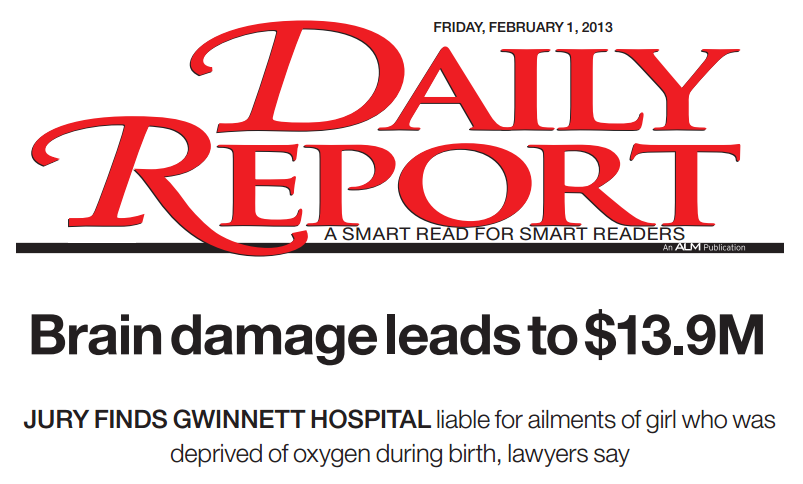



 Hayley serves as a Labor and Delivery Nurse Consultant for the Tyrone Law Firm. She attended and graduated Cum Laude from the University of Georgia in 2004 with a Bachelor of Arts degree in Journalism/Public Relations. After graduation she moved to the gulf coast where she pursued a career in real estate and development.
Hayley serves as a Labor and Delivery Nurse Consultant for the Tyrone Law Firm. She attended and graduated Cum Laude from the University of Georgia in 2004 with a Bachelor of Arts degree in Journalism/Public Relations. After graduation she moved to the gulf coast where she pursued a career in real estate and development.
